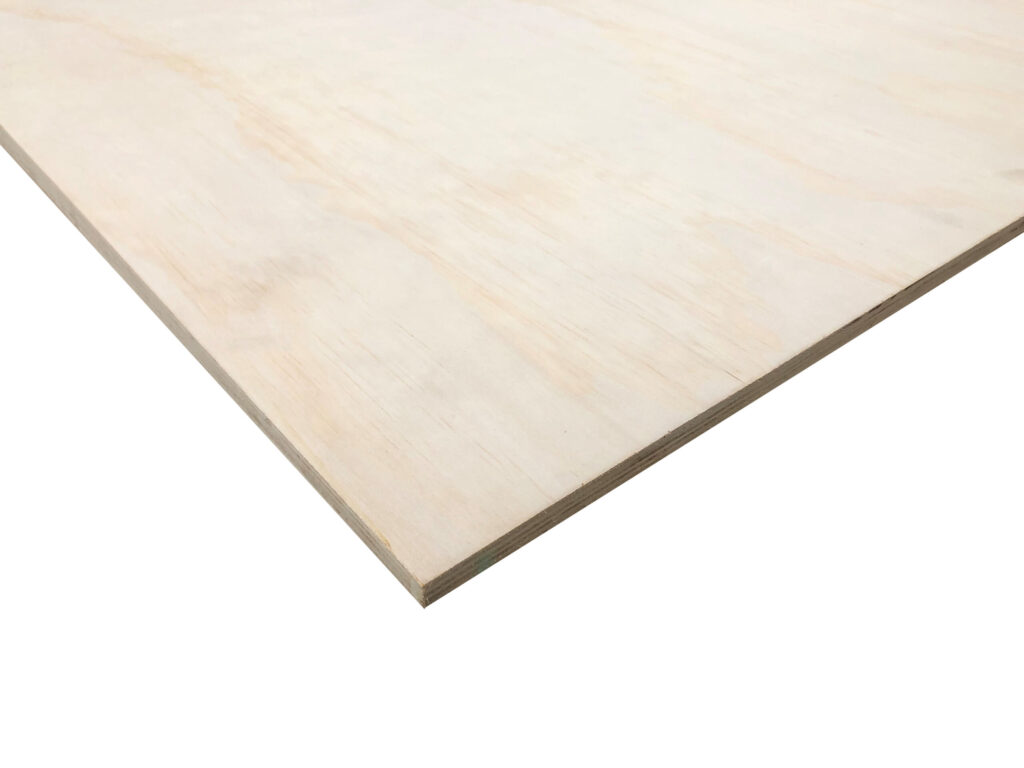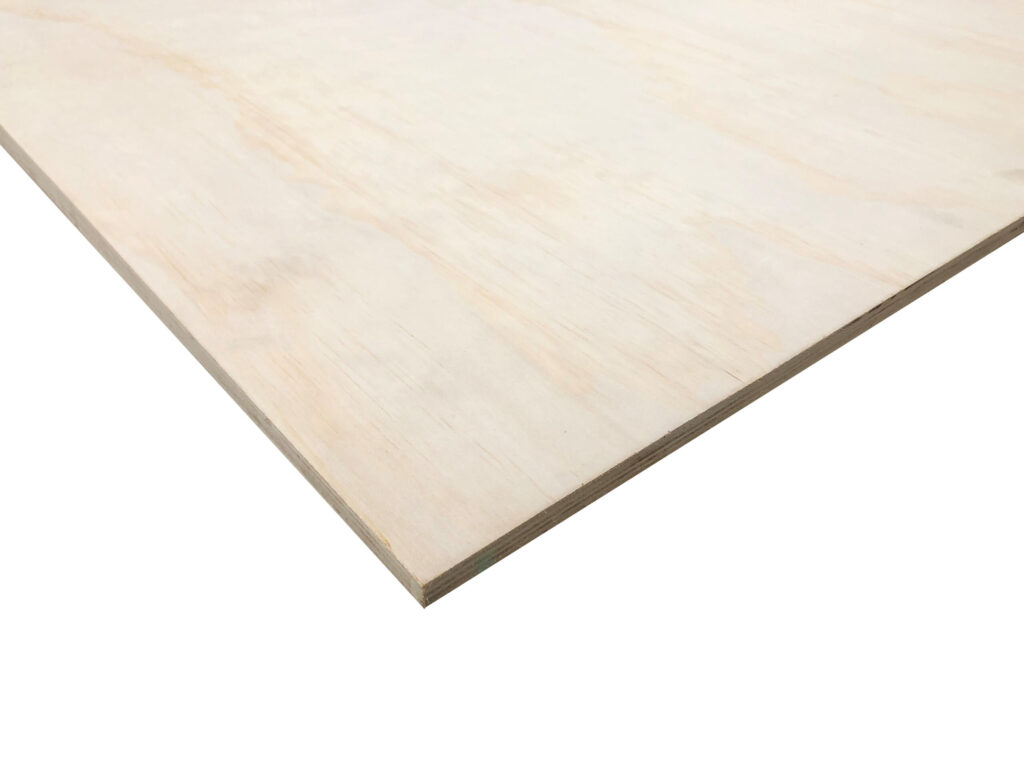Picture this: you’re in the midst of a home renovation project, and you’re pondering the question, “Can you use non-structural plywood for flooring?” Well, my friend, you’ve come to the right place. Today, we’re going to dive into this topic and explore whether or not non-structural plywood can hold its own as a flooring material. So, let’s roll up our sleeves and get ready to uncover the truth!
Now, before we dive into the nitty-gritty details, let’s start by understanding what non-structural plywood is. Essentially, it’s a type of plywood that is not designed to support heavy loads or provide structural stability. Instead, it’s commonly used for decorative purposes, such as paneling or crafting projects. But can it handle the daily foot traffic and weight that a flooring surface endures? That’s the burning question we’re here to address.
So, whether you’re a DIY enthusiast or simply curious about the possibilities, we’ll explore the pros and cons, the dos and don’ts, and help you make an informed decision. So, let’s get cracking and see if non-structural plywood has what it takes to strut its stuff as a flooring material. Get ready to discover the ins and outs of this intriguing topic!
When it comes to flooring, using non-structural plywood may not be the best choice. Non-structural plywood is not designed to bear heavy loads or provide adequate support for flooring. It’s important to use plywood that is specifically engineered for flooring applications. Structural plywood has a higher strength rating and is better suited for this purpose. Always consult with a professional to ensure you’re using the appropriate materials for your flooring project.

Can You Use Non Structural Plywood for Flooring?
When it comes to choosing the right material for your flooring, plywood comes to mind. However, there are different types of plywood available, and one common question that arises is whether non-structural plywood can be used for flooring. In this article, we will explore the characteristics of non-structural plywood, delve into its suitability for flooring applications, and provide you with expert insights to help you make an informed decision for your project.
Characteristics of Non-Structural Plywood
Non-structural plywood is typically manufactured with a softer wood veneer, such as pine or poplar, as the core material. Unlike structural plywood that is designed for load-bearing applications, non-structural plywood is primarily used for cosmetic purposes, such as wall paneling and cabinets. It is important to note that non-structural plywood is not designed to withstand heavy loads or provide structural support.
Non-structural plywood is available in various thicknesses ranging from 6mm to 18mm, making it suitable for a wide range of decorative applications. It is commonly graded with letters such as A, B, C, and D, with A being the highest quality and D being the lowest. These grades primarily indicate the visual appearance of the plywood rather than its strength.
While non-structural plywood may not be intended for load-bearing purposes, its aesthetic appeal and versatility make it a popular choice for many projects. However, when it comes to flooring, there are several factors to consider before using non-structural plywood.
The Importance of Durability and Strength
One of the key considerations when selecting plywood for flooring is durability. Floors are subject to constant wear and tear, foot traffic, and furniture movement. Therefore, it is crucial to choose a material that can withstand these demands. Non-structural plywood, being primarily designed for cosmetic purposes, may not possess the necessary strength and durability required for flooring applications.
In contrast, structural plywood is specifically engineered to provide strength and support. It is manufactured with stronger wood species, such as Douglas fir or birch, and is designed to withstand heavy loads and resist warping or bending. Structural plywood also undergoes strict quality control measures to ensure its integrity and performance. Therefore, when it comes to flooring, using structural plywood is highly recommended for its superior strength and durability.
While non-structural plywood may be suitable for temporary or light-duty flooring applications, such as in a shed or a temporary structure, it is advisable to opt for structural plywood for long-lasting and reliable flooring in residential or commercial spaces.
Moisture Resistance and Sturdiness
Another factor to consider when choosing plywood for flooring is its resistance to moisture and stability. Floors are susceptible to moisture from spills, leaks, or even humidity, and it is crucial to select a material that can withstand these conditions without warping or deteriorating.
Structural plywood is manufactured with the use of water-resistant adhesives and has higher moisture resistance compared to non-structural plywood. It is designed to be more stable and less prone to expanding or contracting with changes in humidity, making it a suitable choice for areas with higher moisture levels, such as bathrooms and kitchens.
In contrast, non-structural plywood may not offer the same level of moisture resistance and stability. It is important to evaluate the specific moisture conditions of your flooring area and choose plywood accordingly. For areas with high moisture levels or potential exposure to water, opting for structural plywood is recommended for its superior performance.
Code Compliance and Safety
Building codes and regulations often dictate the minimum standards for flooring materials to ensure safety and structural integrity. Depending on your location and the type of project, there may be specific requirements for the type of plywood that can be used for flooring.
Structural plywood is more likely to meet these code requirements and is considered a safe and reliable choice for flooring. Non-structural plywood, on the other hand, may not adhere to the same standards, making it potentially unsuitable for certain applications.
It is essential to consult local building codes and regulations to ensure compliance and safety when choosing plywood for your flooring project.
Summary and Expert Tips
While non-structural plywood may be visually appealing and versatile for various decorative purposes, it may not be the ideal choice for flooring applications. Structural plywood, with its superior strength, durability, moisture resistance, and code compliance, is the recommended option for reliable and long-lasting flooring.
When embarking on a flooring project, it is always advisable to consult with professionals, such as architects, contractors, or flooring specialists. They can provide expert advice tailored to your specific project requirements and ensure that you choose the right plywood for your flooring needs.
Remember, selecting the right materials for your flooring is essential for ensuring both function and aesthetics, so take the time to make an informed decision and create a beautiful and durable floor that will stand the test of time.
Key Takeaways: Can You Use Non-Structural Plywood for Flooring?
- Non-structural plywood is not recommended for flooring purposes as it lacks the strength and durability required.
- Using non-structural plywood for flooring may result in the plywood warping, sagging, or even breaking under heavy loads.
- Structural plywood, specifically designed for flooring, is the recommended choice as it can withstand the weight and stress of regular use.
- Non-structural plywood is better suited for applications like interior wall sheathing or furniture making.
- When choosing plywood for flooring, it’s essential to select the appropriate grade and thickness suitable for the intended use.
Frequently Asked Questions
When it comes to using non-structural plywood for flooring, there are some important factors to consider. Below, we have answered some common questions related to this topic.
1. What is non-structural plywood?
Non-structural plywood is a type of plywood that is not designed to carry heavy loads or provide structural support. It is typically used for applications where strength is not the primary concern, such as interior walls, cabinets, and furniture.
As the name suggests, non-structural plywood should not be used in areas where it will be subjected to heavy loads or structural stresses. When it comes to flooring, it is generally not recommended to use non-structural plywood as it may not have the necessary strength and durability for this purpose.
2. Can I use non-structural plywood for flooring in low-traffic areas?
While it is possible to use non-structural plywood for flooring in low-traffic areas, it is not the ideal choice. Non-structural plywood is not as durable as structural plywood, and it may not hold up well under regular foot traffic.
Additionally, non-structural plywood is more prone to warping and moisture damage, which can be a concern in flooring applications. It is generally recommended to use structural plywood or other types of flooring materials that are specifically designed for this purpose in order to ensure a long-lasting and durable floor.
3. What are the potential drawbacks of using non-structural plywood for flooring?
Using non-structural plywood for flooring can have several drawbacks. Firstly, non-structural plywood is typically thinner than structural plywood, which can make it more prone to warping and damage over time.
Secondly, non-structural plywood may not have the necessary strength to support heavy furniture or equipment. This can lead to premature wear and damage to the plywood, requiring frequent repairs or replacement. Lastly, non-structural plywood may have higher moisture absorption rates, making it more vulnerable to water damage compared to other flooring materials specifically designed for wet environments.
4. Are there any alternative materials I can use for flooring instead of non-structural plywood?
Yes, there are several alternative flooring materials you can consider instead of non-structural plywood. One popular option is engineered wood flooring, which is made from layers of real wood veneer bonded together to create a stable and durable product.
Other options include laminate flooring, vinyl flooring, and tile flooring. Each of these materials offers different benefits and considerations, so it is important to research and choose the one that best suits your needs, budget, and desired aesthetic.
5. Can I reinforce non-structural plywood for flooring if I still want to use it?
While it is theoretically possible to reinforce non-structural plywood for flooring, it may not be the most practical or cost-effective solution. Plywood is designed and manufactured to meet specific strength and performance standards, and attempting to reinforce it may compromise its structural integrity.
If you are set on using non-structural plywood for flooring, it is recommended to consult with a professional contractor or engineer who can assess the specific conditions and provide appropriate reinforcement recommendations. However, it is generally advisable to choose a material that is already designed and tested for flooring applications to ensure the best long-term results.

Which is better, OSB or Plywood?
Summary
So, can you use non structural plywood for flooring? Well, non structural plywood isn’t ideal for flooring because it may not have enough strength and durability. Using it for flooring could lead to sagging, warping, and damage over time. It’s better to use structural plywood designed specifically for flooring, which is stronger and more resistant to wear and tear. Remember, the right kind of plywood will ensure a sturdy and long-lasting floor.
In conclusion, non structural plywood may not be the best choice for flooring. It’s important to choose the right type of plywood to ensure a durable and reliable floor.
